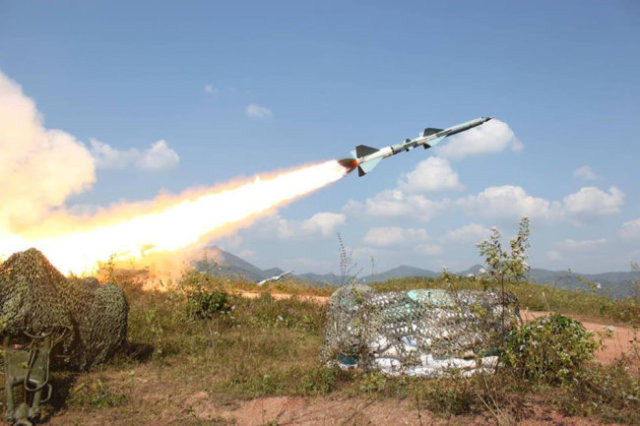Developed in the 50s of the last century in the USSR, the S-75 Dvina anti-aircraft missile system once again confirmed its effectiveness by destroying a modern drone in the sky of Syria. The shooting took place as part of the air defense training of the government troops.
As Senior lieutenant of the Syrian armed forces Muhammad Shahshir told TASS, several unmanned aerial vehicles were detected and taken for escort using the Dvina air defense system radars.
"When he flew closer and entered the effective firing zone, we immediately launched a rocket," the officer said. As a result, the air target was completely destroyed.
From the moment of detection of the target to the execution of the shooting, 10 minutes passed, and from the moment of launching the missile to the defeat of the drone - no more than 30 seconds.
Recall that the S-75 Dvina anti-aircraft missile system was adopted by the Soviet army in 1957. His combat career began in China when a reconnaissance version of a Canberra aircraft of the Taiwan Air Force was shot down in October 1959. And on May 1, 1960, an American U-2 spy plane was destroyed in the sky over the Urals, the pilot of which Henry Powers was captured.
However, the finest hour for the Dvina complex came during the US aggression in Vietnam. With the help of Soviet officers, Vietnamese anti-aircraft gunners destroyed 1,046 American aircraft. Then the S-75 was actively used in the Middle East. The last known case of successful combat use of this SAM occurred in Yemen, where it was used to shoot down the American unmanned drone MQ-1 Predator.
To improve the performance of the S-75, the technologies of modern S-300PMU1 complexes are borrowed. As a result, the updated systems can successfully hit various means of air attack, including low-visibility cruise missiles.
Nikolay Grishchenko

